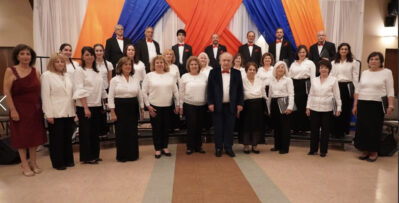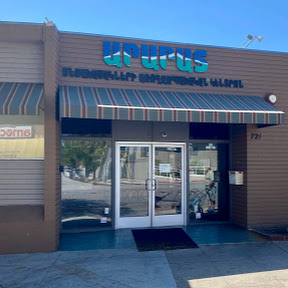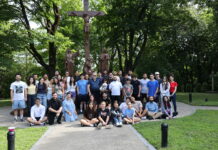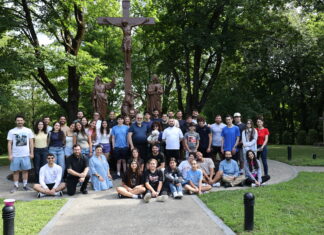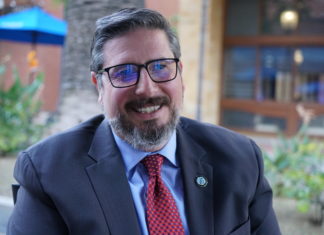GLENDALE — The situation of the elderly during the COVID-19 pandemic has been particularly precarious due to their greater vulnerability to the disease. Those living in assisted living and nursing homes in particular have fallen prey to it in great numbers. There is also an intermediate group of elderly who were living in their homes but going during the day to special centers for assistance. This group, including many Armenians in Glendale and other areas in Los Angeles County, has also been gravely affected by the coronavirus crisis.
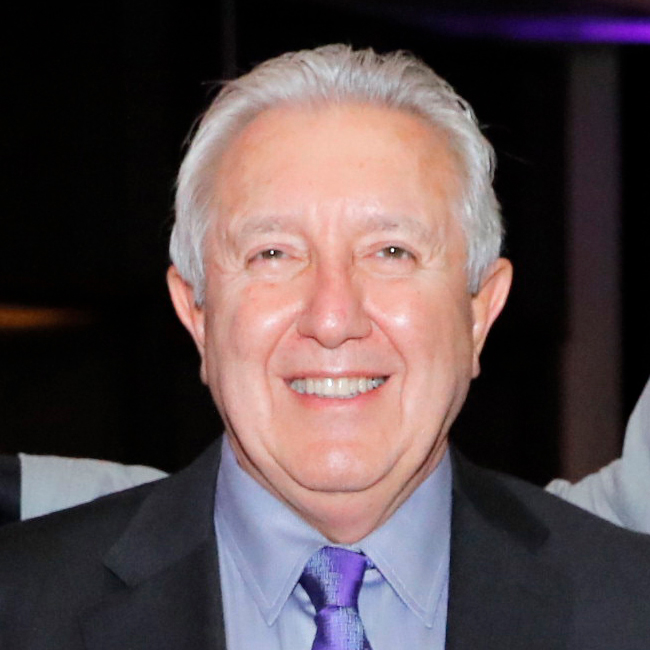
Berdj Karapetian, involved in the ownership and administration of seven adult day health care centers in the Los Angeles basin serving, he said, somewhere between 900 and 1,000 people daily, said that they were like daytime nursing homes. “Our function is to help people who have been identified to be frail adults, who have one or more chronic medical conditions that could lead to their activities of daily living deteriorating and diminishing so that it reaches a dangerous point and they are institutionalized into a nursing home or hospital.” More than half of the participants in his centers’ programs have cognitive impairment conditions which complicate dealing with medical issues like diabetes and hypertension, and care plans prepared with the participation of their physicians and caretakers or family members had to be tailored to their specific needs.
In other words, these health care centers allow such individuals to stay as long as possible in their communities, either living in their own home alone or with family members, by slowing down the decline in their health or maintaining it at a steady level. Oftentimes, even if there is a family member or caregiver to help them, constant care proves too difficult a burden and these centers provide a respite to the former. There are 260 such centers in California (https://www.aging.ca.gov/Providers_and_Partners/Community-Based_Adult_Services/CBAS_Providers/), including 152 in Los Angeles County.
These centers are different from adult daycare centers, which are basically free centers for socializing and were deemed nonessential by the government. They were shut down during the pandemic.
Karapetian said that on March 16, when the California governor announced that the senior population was at the greatest risk, his adult day health care centers voluntarily decided to temporarily suspend operations until it could be clear what was going on and start providing services remotely.
By the end of that week, most of the employees were laid off, with the exception of some who had to continue to provide critical services to participants in the centers’ programs. However, Karapetian said, the centers began retraining and adjustments so that by the middle of the following week they began rehiring staff to expand services remotely. He said, “It is like a doctor — you cannot abandon your patients.” Services like delivery of meals and medication, including injections (e.g. insulin), could not be totally suspended.
